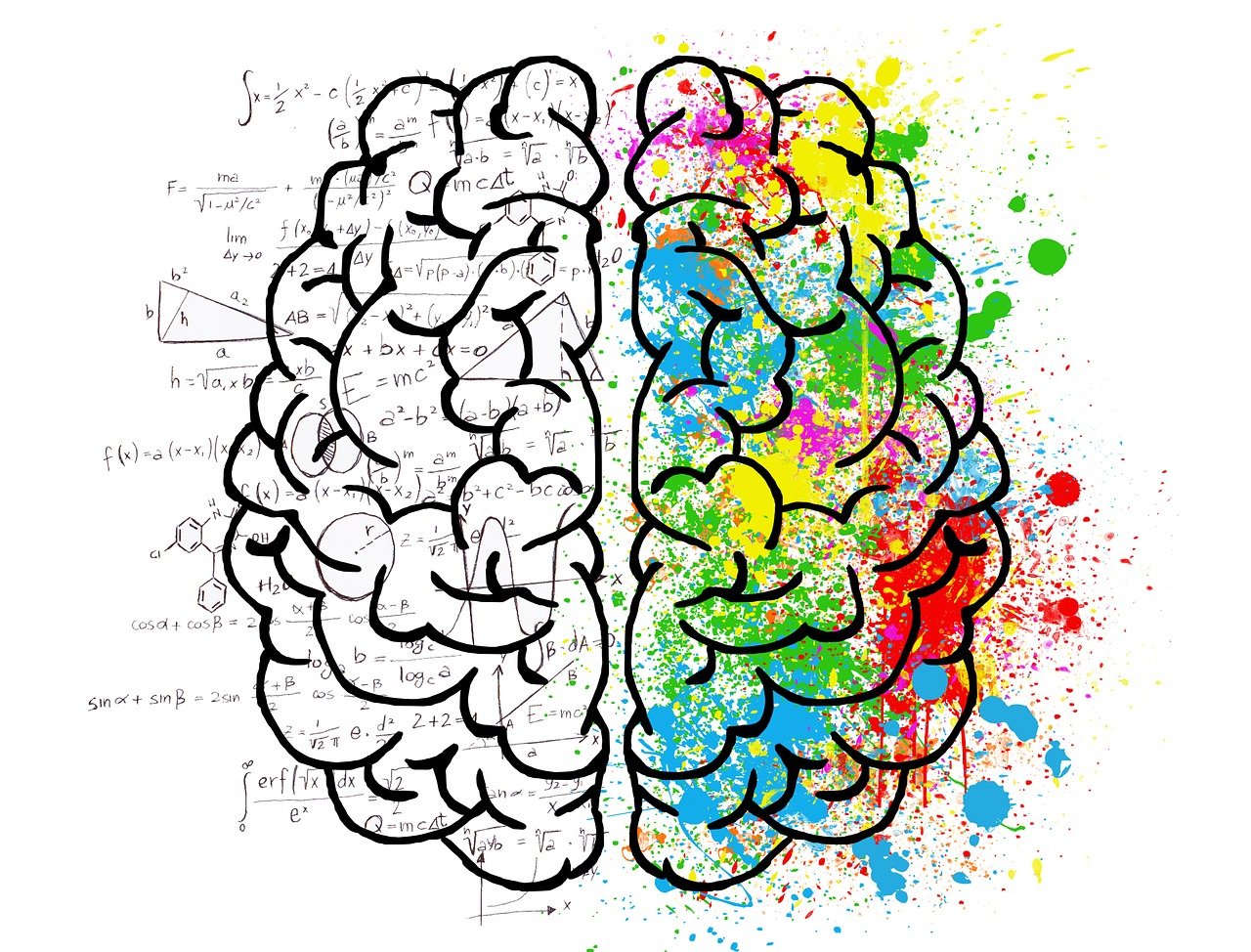Man and God met somewhere; Both exclaimed, “My Creator!” – This popular quote is a well-crafted passage to enter into the ballroom of the discourse of humanization of gods. As much as God has created humans, humans have created the gods. Through this mutual participation in creating each other’s characteristics i.e. identity, humans have outsmarted the gods (especially post-Vedicgods) and reached a position that the gods are no longer a numinous being but a common man in the neighborhood. Not only have gods become a common man but the characterization was such that people have mocked, censured, and sometimes reviled them. Bhaduri has commented that sometimes the level of humor is such that there is not even an iota of godliness when those characters became popular among the ordinary people, on top of it when they have even composed several proverbs based on those characters. Despite the humor, these characterizations are embedded with profound symbolism.
Let’s take the depiction of Shiva as a farmer, as an example- a very common archetype among the established ones. In this context, Shiva is a farmer and Parvathi is a typical village woman who gets angry at her husband for not farming and instead wastes his precious time smoking hashish. Shiva has often been associated with fertility and fertility is the core of farming and this validates the representation of Shiva as a farmer. There is plenty of evidence to legitimize Shiva as the deity in charge of fertility. Referring to a story in Shivayana, Sengupta has drawn our attention to Shiva’s struggle for livelihood which is also related to agriculture interestingly. In the story, Shiva survived by collecting fruits from the forest and by alms. Witnessing Shiva’s predicament, Bhim made a plough from Shiva’s trident and therefore Shiva became dependent on farming. According to Sengupta, this marks the transition from a hunting-gathering society to an agrarian-based society. Shiva’s notoriety is numinous and material- there are a plethora of symbols related to the god. For example, the snake is regarded as a sign of sexuality and reproduction in rural Bengal. According to popular belief, one should expect a child when they dream of a snake. Bhattacharya has pointed out the fact that people regard Ox as a symbol of fertility as well.
This reconstruction of the gods, however, does not affect the devotion of the devotee. Subverting the usual dogmatic perception- gods with super-divine quality- and replacing the structure with a character exactly as common as a man from the neighborhood (next door) enhance the devotion by several degrees. Such a mechanism is a perfect example of a carnivalesque act and celebrating these reconstructed gods provides a space to obliterate social boundaries. Gājan of Shiva is an example of those festivals which wonderfully captures the carnivalesque soul.
Participants at the festival of Gājan are from all walks of life, socio-economic and jatis. Devotees can pray regardless of their caste and religion and can attend any rituals. However, things are quite different for the sannyāsis who conduct and perform the rituals during Gājan. A significant status reversal takes place during Gājan. In this process, subalterns gain authority over the hegemonic Brahmins priests and become the main vessel of the Gājan festival. Thus, the role reversal systematically limits the performing space for the Brahmins priests. Gājan is a stage on which the social norms of everyday life are inverted, and where for a short period of the year, position and power are almost miraculously transferred to the insignificant and powerless. Dalrymple in his writing about ‘The Dancer of Kannur’ writes that for one of his informants ‘obsession with caste infringements and the abuse of upper caste or courtly authority, with divinity, protest, and the reordering of relations of power’ is omnipresent.
This resonates strongly with the Gājan. Gājan not only functions as a forum for counter-hegemonic voices and licensed acts of defiance to dominant class and castes, but Gājan is also a site where existing social barriers are knocked over and devotees become homogenous communitas. The Gājan in its systematic modification of the normative provides an effective stage for communal worship. Interactions with the neighboring communities are not restricted. For Gājan is an agrarian festival dedicated to ensuring fertility, based on the archetype of Shiva, devotees believe that Shiva does not dwell in Kailasha but also resides in the agrarian villages in Bengal, and protects the villagers, bless them with healthy crops, healthy family and cures for diseases. Therefore, through the characterization of Shiva and celebrating that very archetype in such grandeur is a modification of the hierarchical positioning of divinities and humans- a systematic eradication of binaries.
But, what does it mean to perceive and celebrate such a kin-like archetype of gods i.e. what are the underlying aspects of the mechanism of the humanization of gods in Bengali culture?
First and foremost, characterizing gods as they were kinfolks is not limited to the Hindu gods. Such tendencies are also observed among the Christian especially when the god is regarded as a fatherly figure and Marry- mother of Jesus- is regarded as she were the mother. Additionally, worshipping the mother-archetypes of goddesses, such as Kali, Tara, Durga, is a common phenomenon in Bengali culture. While praying, such meta-relationships provide a profound affinity with the individual and the gods. Carefully positioning oneself at an imaginary space in the relationship, where there is a considerable amount of respect and gratitude like that towards an elderly person in society, but also there exists the audacity to almost ridicule that person. Now considering that this person is illusory, the characteristics of this relationship points towards a notion that nearly challenges the traditional idea of God.
This also brings forth the fact of the coping mechanism with the advent of faith systems in Bengal. People of Bengal perceived the newer faith systems in their way- not theological rather a socially driven act through incorporating the symbolic structures i.e. the practices, the rituals, the performative behaviours and alike others.
Perceiving and characterizing God as a known individual from daily life is one of the characteristics of the architectonic of the faith systems in Bengal. It, however, has many different aspects to consider and even to tackle that vary based on regionality, community history, livelihood etcetera.




Leave a Reply